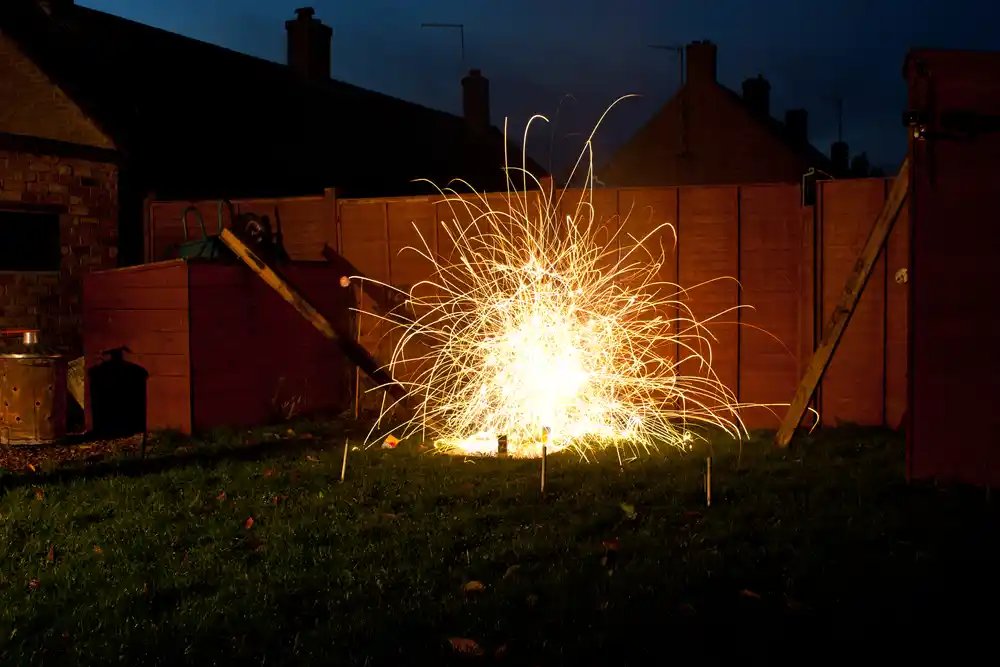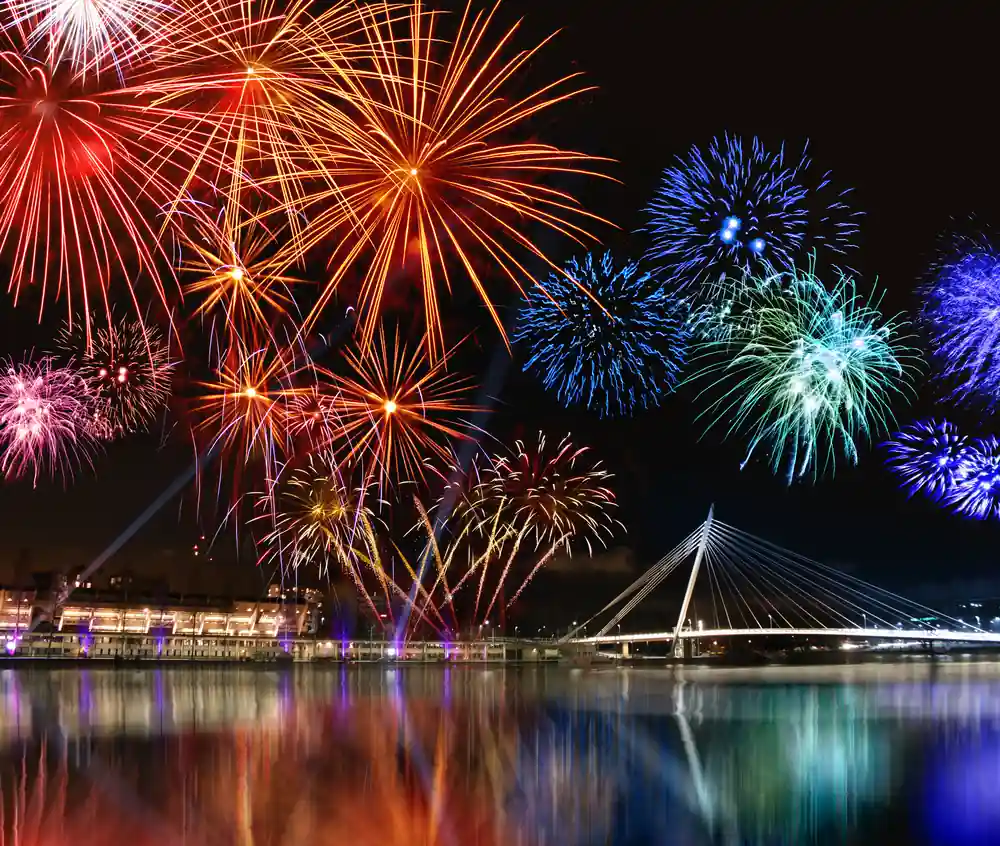The Science Behind Fireworks
Fireworks are one of the most popular signals of festivities in today’s society. Whether it is a birthday, anniversary or a public celebration, fireworks never seem to fail to make an appearance. We see them and appreciate them all the time, but what do we know about them? other than they explode and make pretty colours and patterns in the sky. There is so much to learn about these unique pieces of art, so let’s take a look into the history and science behind fireworks.
What are fireworks and what is the history behind them?
Fireworks are a type of aesthetic pyrotechnic that is classified as ‘low explosive’ (despite the way we may perceive them). Known for their bright colours and their typically loud noises, they have become a popular part of society with firework displays being commonplace in certain areas of the world.
Originating from China during the Song Dynasty, they were used the same way we use them today, to commemorate important events. These were usually in the form of explosive bamboo stems, which were thrown into the air.
At this point, fireworks were limited in their type and colour due to materials available as well as the general understanding of these pyrotechnics. In the 14th century, chemicals were applied to these early fireworks to be able to provide colours to them, which was very useful for military smoke signals. This was also around the time when fireworks found their way into Europe, with knowledge of recipes gained by some Europeans living in China at the time.
It wasn’t until the 17th century that fireworks began to become widely popular and even then, the difficulty of acquiring materials and chemicals meant it wouldn’t be until the 20th century when they became easy to purchase in all their varieties.

Types of fireworks
There are a wide range of fireworks available from sparklers to large rockets to fountains.
Fireworks come in various types, each offering distinctive displays and effects. Here are some of the types of fireworks.
- Roman candles shoot multiple stars and effects into the air from a single tube.
- Fountains are ground-based devices that emit showers of sparks and colours.
- Sparklers are handheld sticks that produce sparkling flames.
- Rockets zoom into the sky before bursting into dazzling displays.
- Mines create sudden bursts of colour and noise from the ground.
- Cakes, also called multi-shot aerial repeaters, are pre-fused fireworks that fire multiple shots in succession, creating a variety of effects
Check out our blog on types of fireworks.
Check out our blog on firework effects.
What are Cat F firework categories?
All fireworks are categorized into specific sections under the CE Classification system, which organizes them based on their characteristics and intended use. These categories ensure safety and provide clarity regarding the type and behavior of each firework. The sections typically include:
-
Category F1: This category covers fireworks intended for use in confined outdoor areas or in small indoor areas. These cat F1 fireworks are generally considered to pose minimal risk.
-
Category F2: Fireworks in the cat F2 category are suitable for use in outdoor spaces with a safe distance from spectators. They include consumer fireworks designed for general public use, such as garden fireworks.
-
Category F3: Fireworks classified under F3 are for use in large outdoor areas, where a minimum safety distance is required due to their higher hazard level. These are typically display fireworks for professional use.
-
Category F4: This category encompasses fireworks intended solely for use by professionals in outdoor displays. They require significant safety distances and are not for sale to the general public.
Check out our blog on firework categories.

How do Fireworks work?
Fireworks create their effects through rapid chemical reactions triggered by heat. Solid compounds inside the firework react with oxygen, producing gases like carbon dioxide, nitrogen, and carbon monoxide.
The vibrant colours in fireworks come from metal compounds mixed into them. When these compounds burn, they emit different colours based on their composition.
Early Chinese fireworks used specific compounds for colours: calcium (red), lead carbonate (lilac), copper acetate (green), mercurous chloride (white), and arsenical sulphide (yellow).
Modern fireworks use:
- Strontium salts for red
- Calcium salts for orange
- Sodium salts for yellow
- Barium salts for green
- Copper salts for blue
- Copper and strontium compounds for purple
- White-hot magnesium and aluminium for silver
- Burning magnesium for white light
Check out our blog on how do fireworks get their colours
Share to Social Media
Subscribe for the latest news and blog updates
You might also be interested in
Fireworks continue to be a beloved choice for entertainment, offering endless fun and versatility. With each passing year, new and...
Brightstar has once again raised the bar with their fireworks collection. Established in 1992, Bright Star Fireworks continues to uphold...
Get ready to be blown away by the latest offerings from our fantastic new fireworks providers! This year, Brothers Pyrotechnics...



